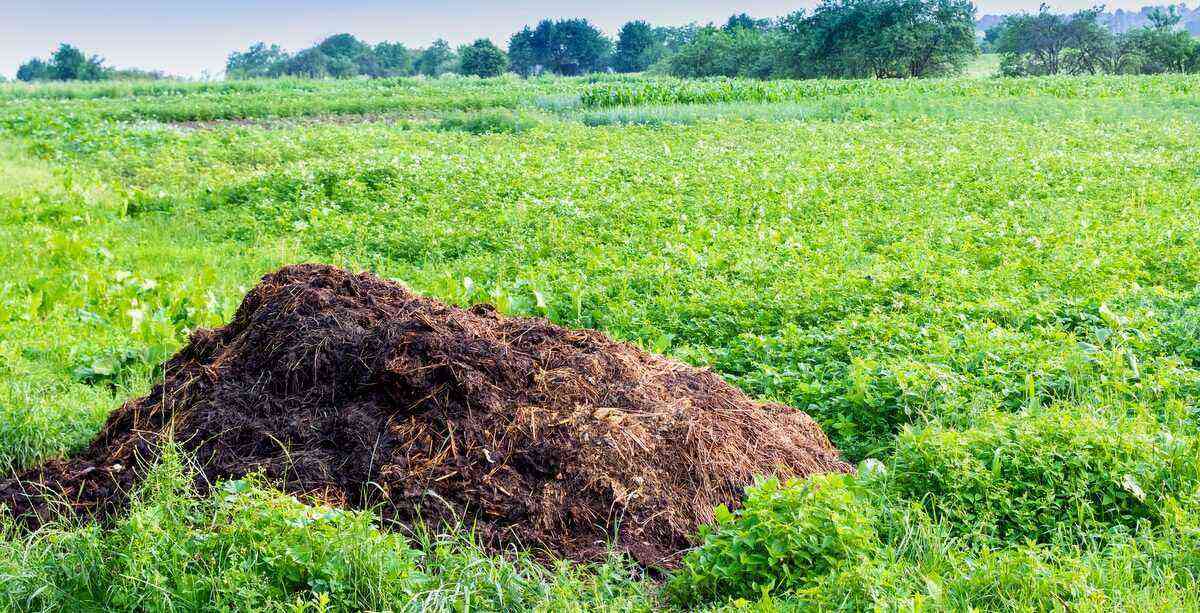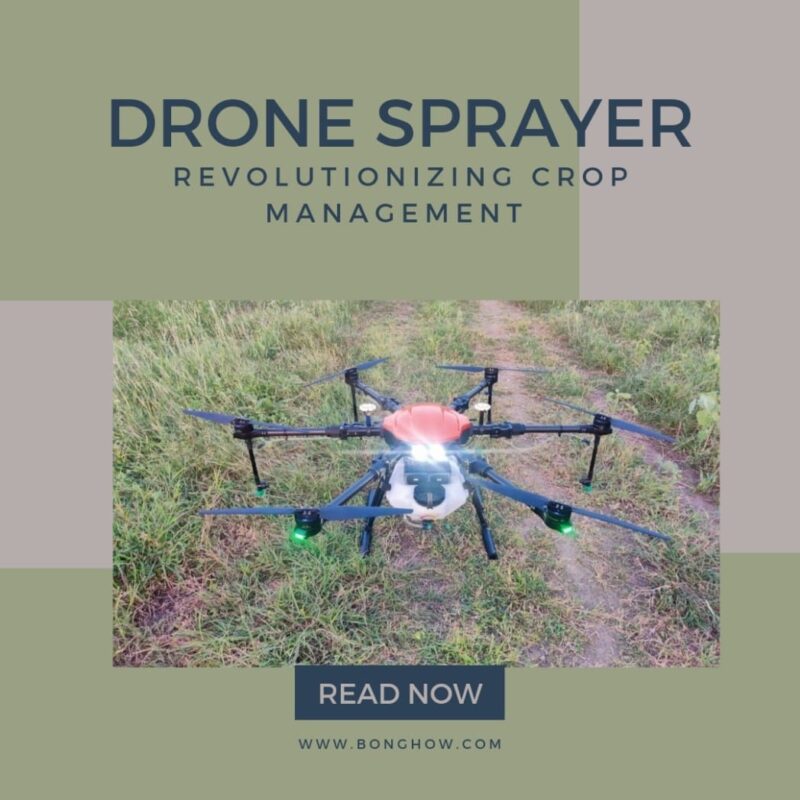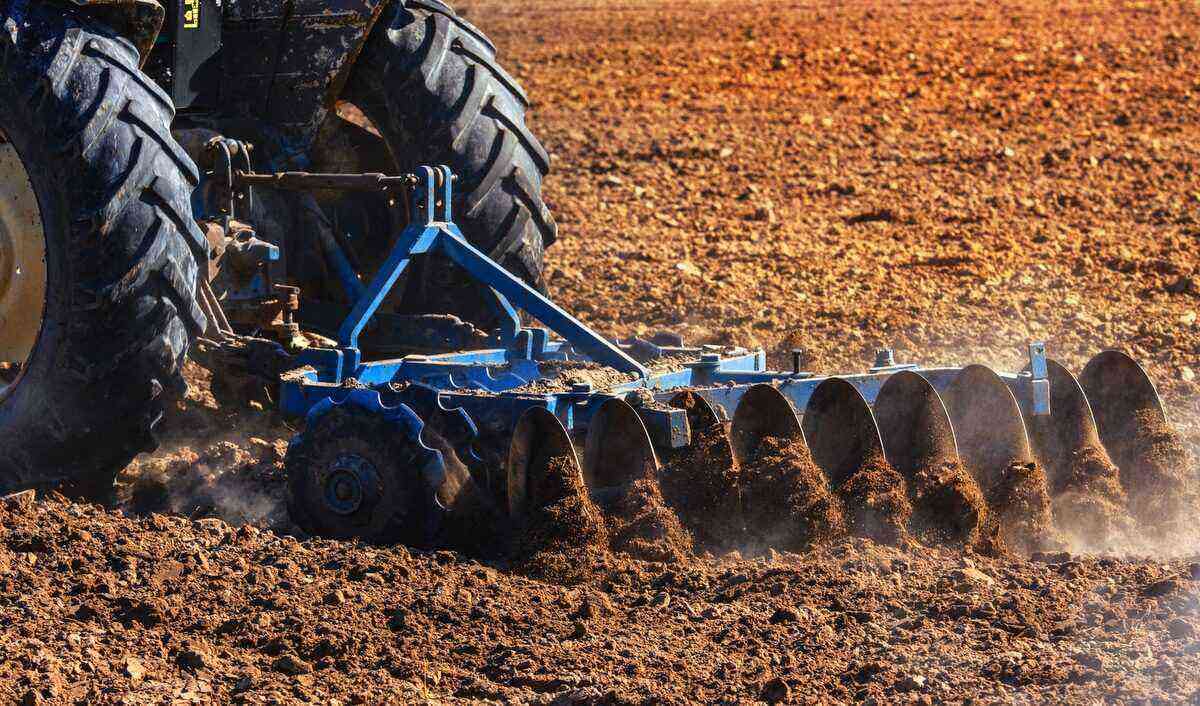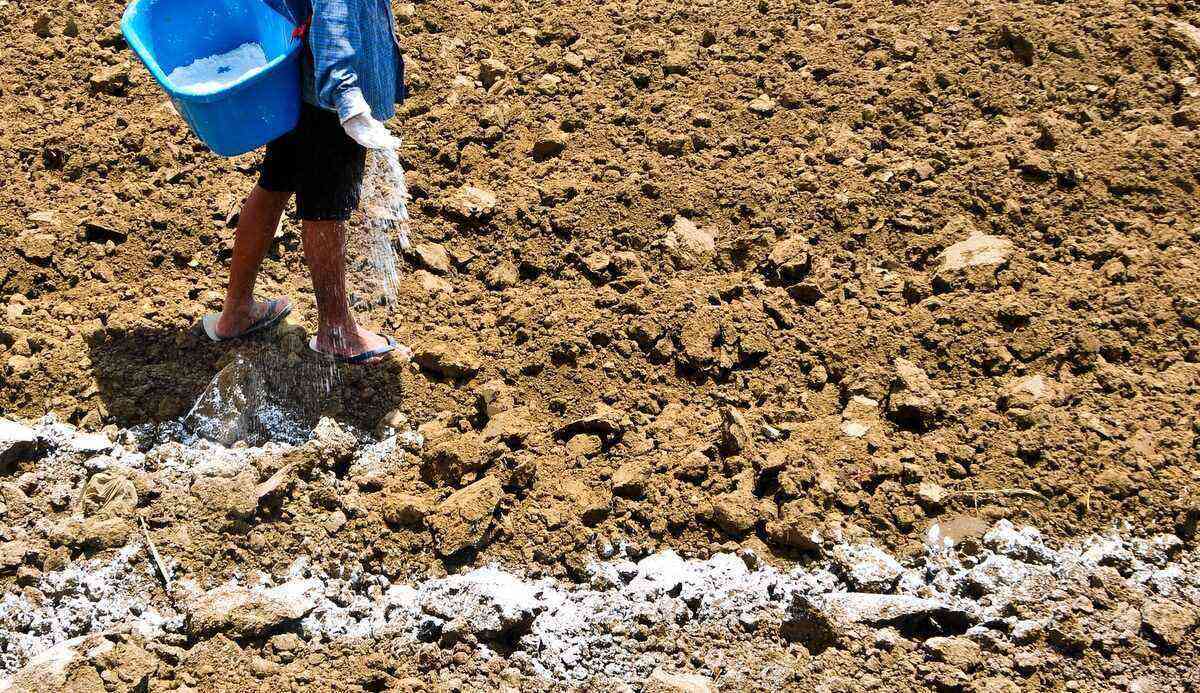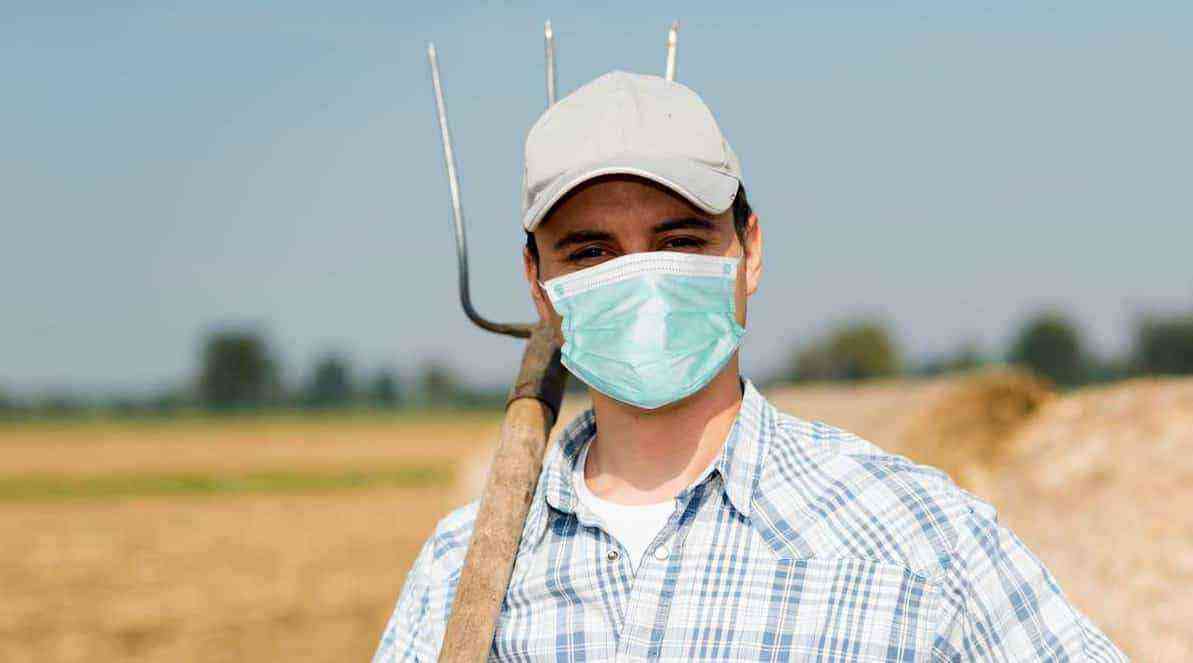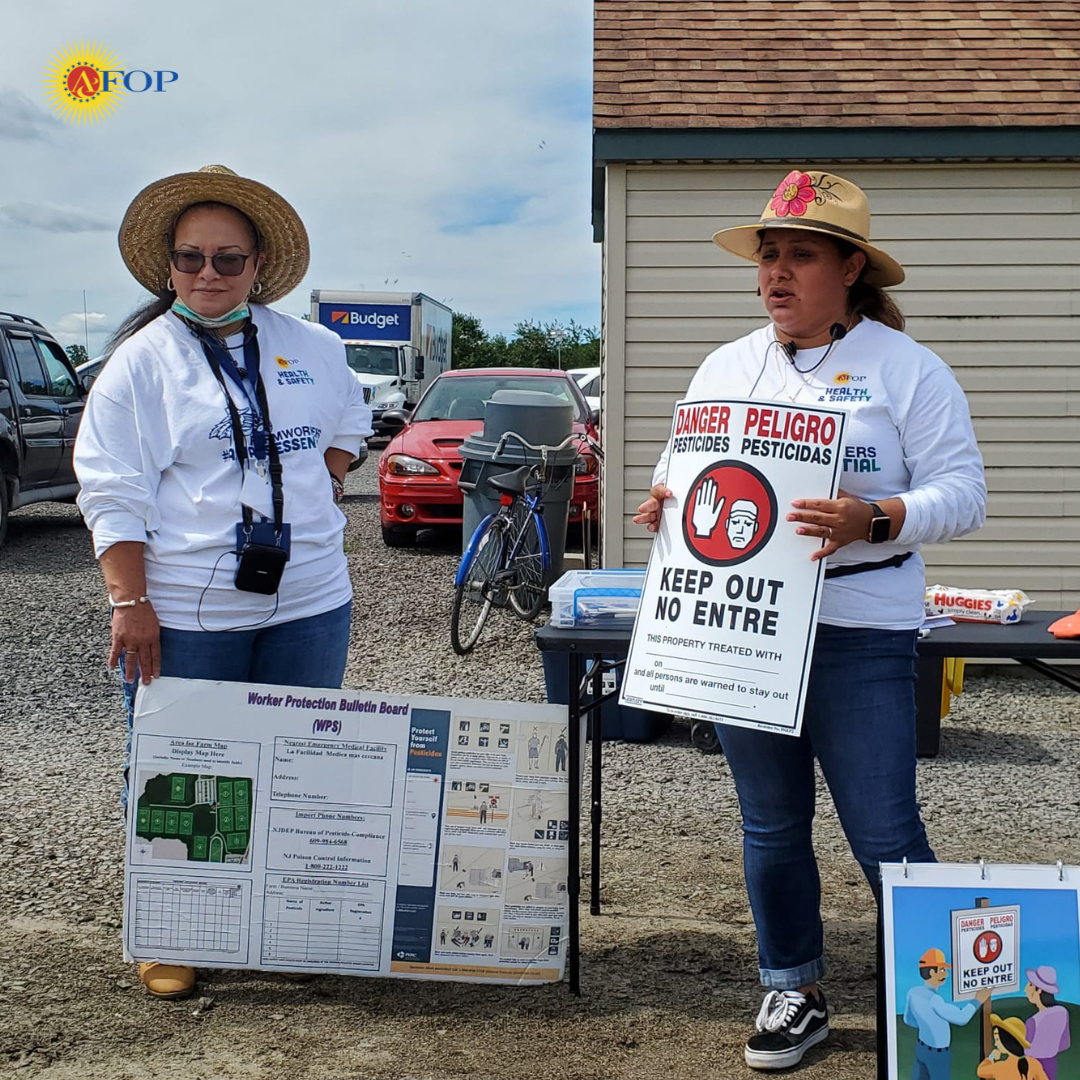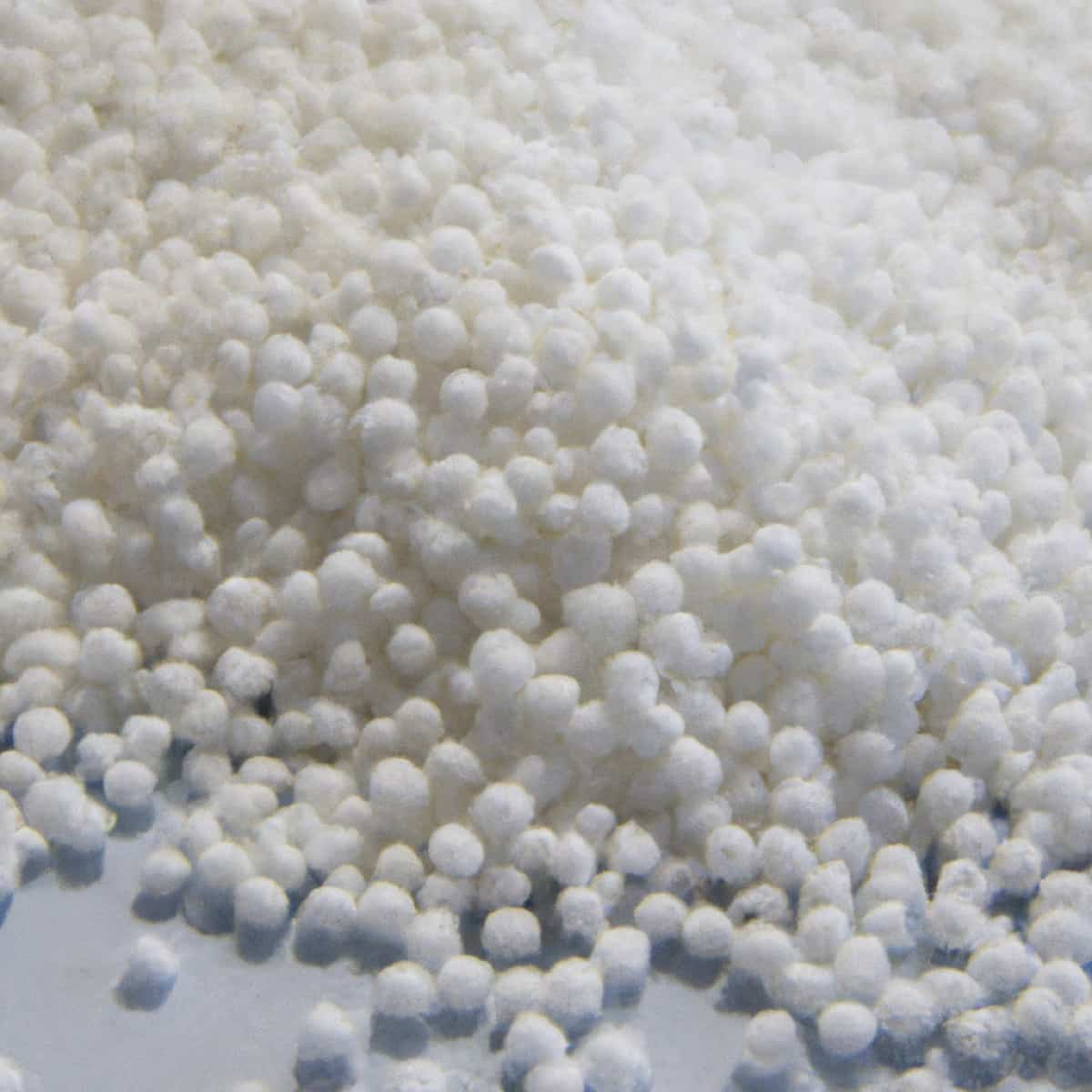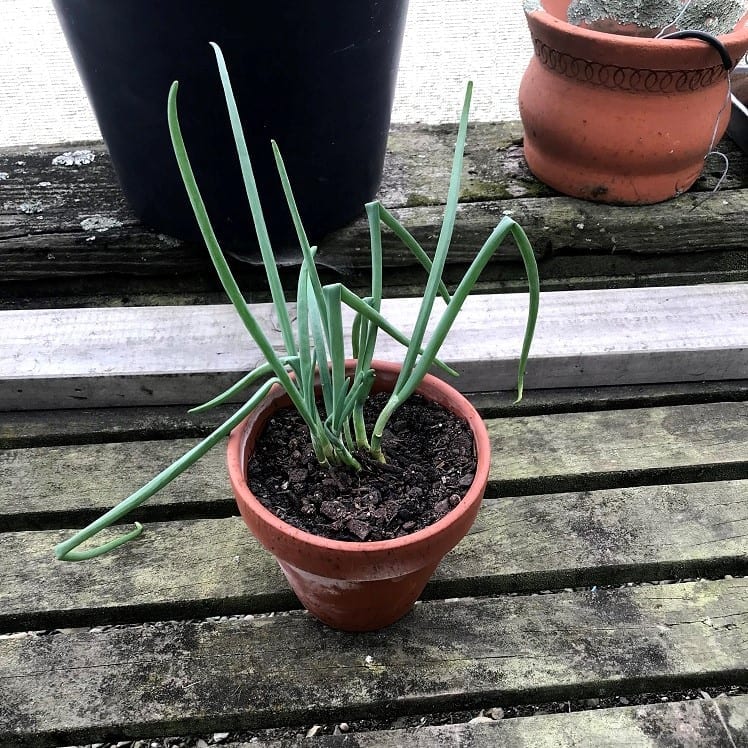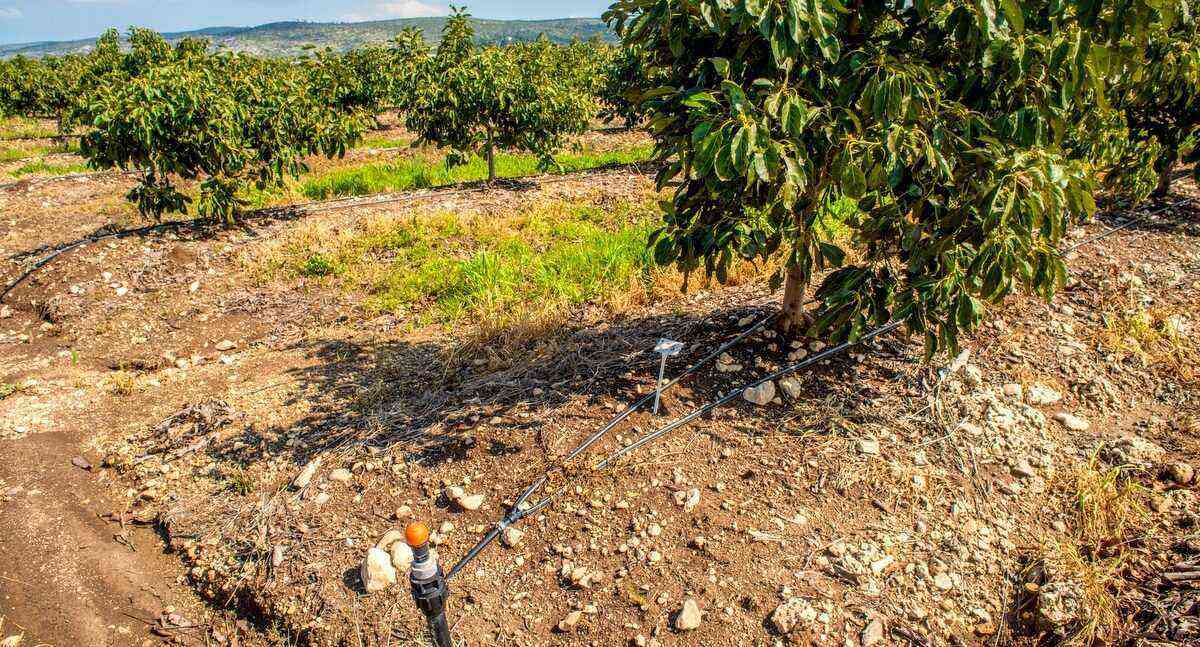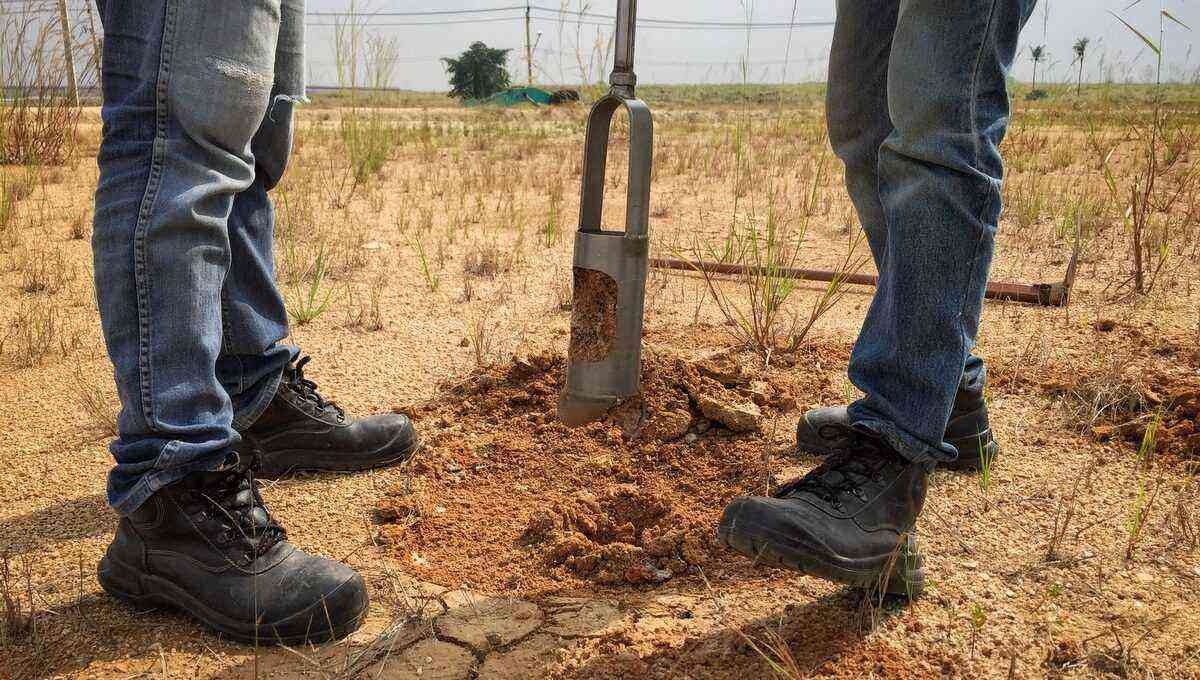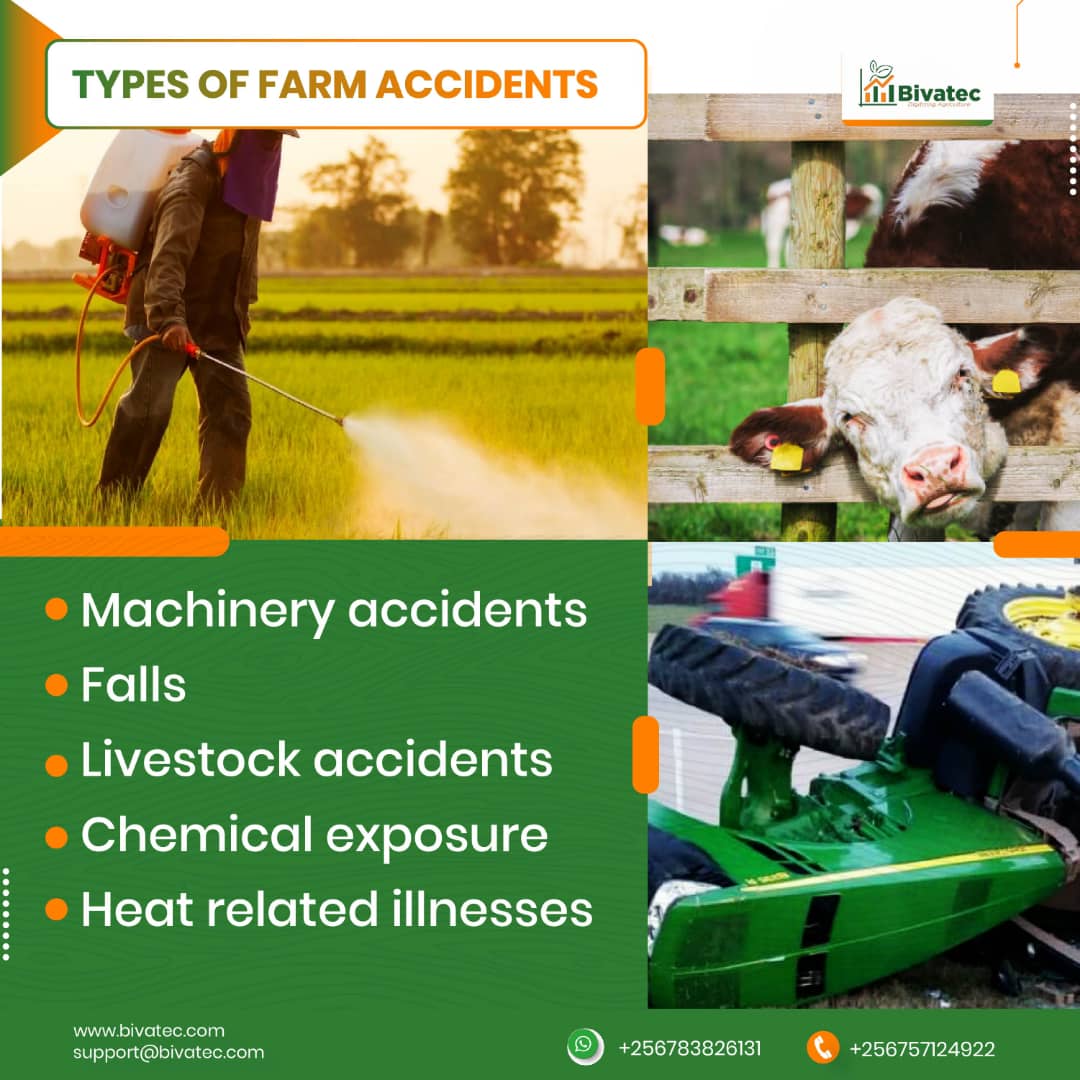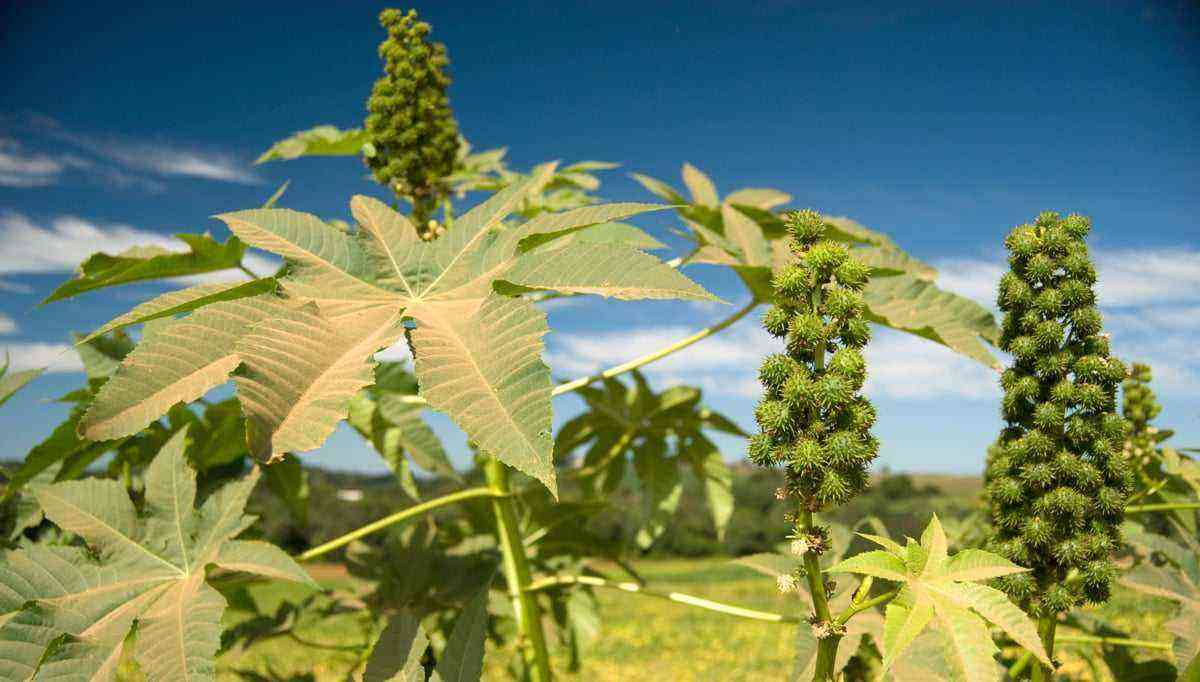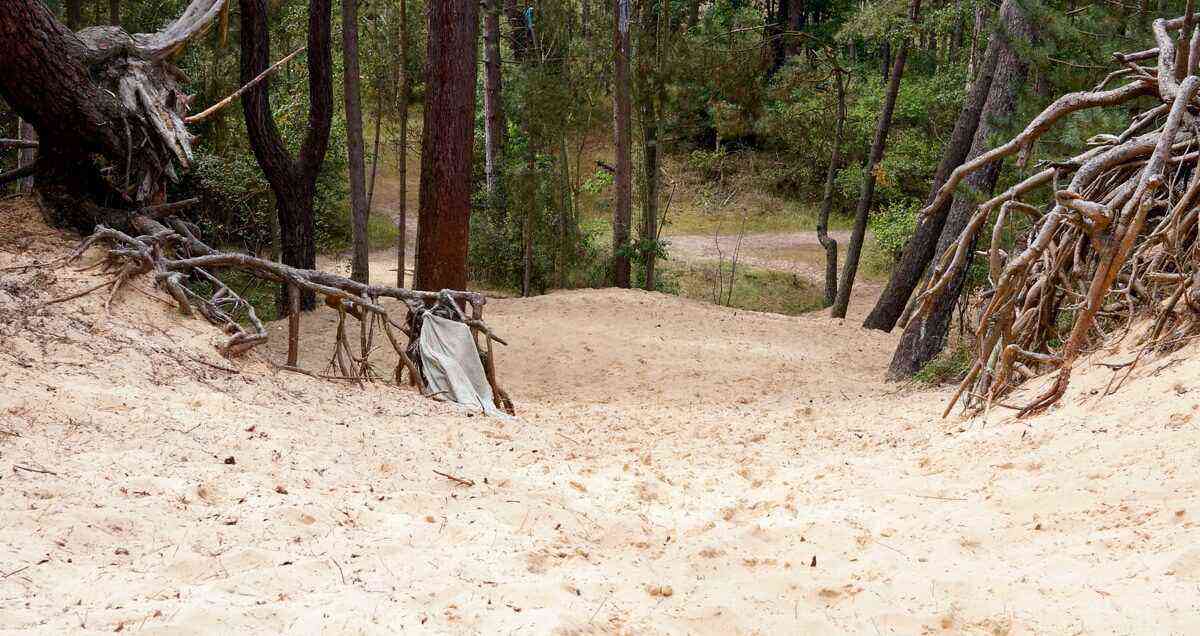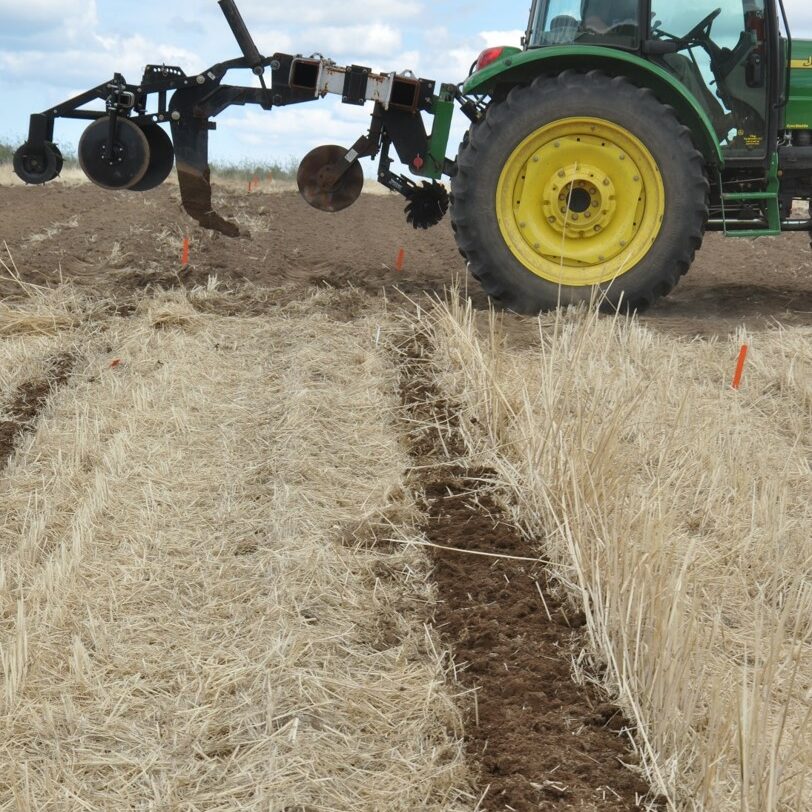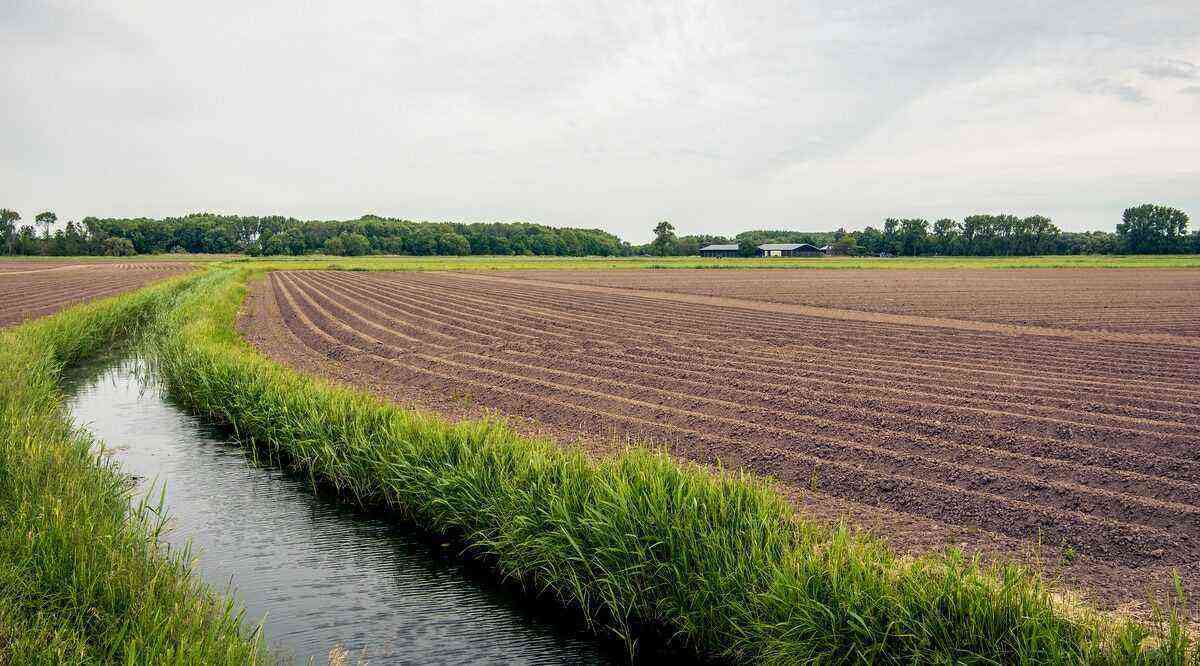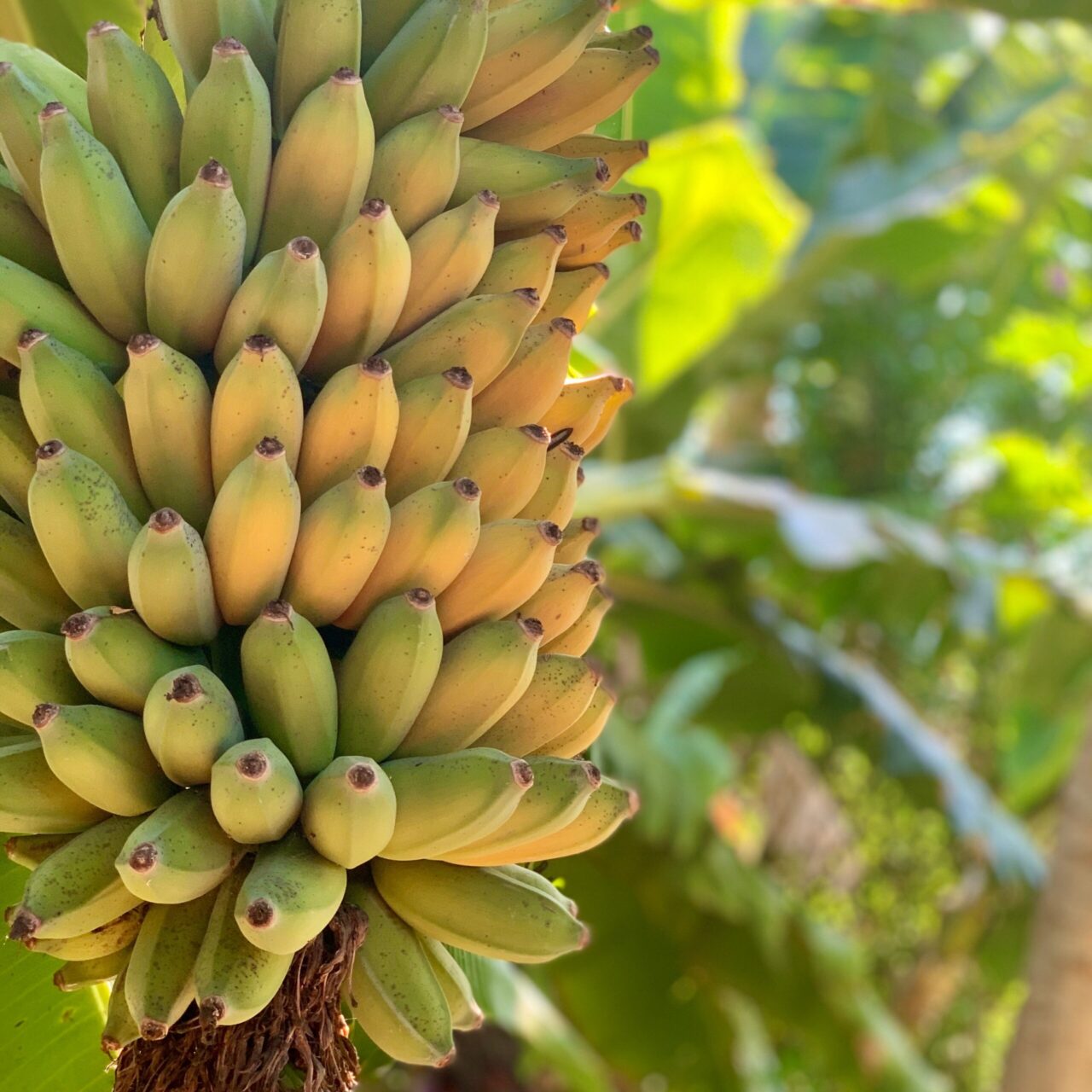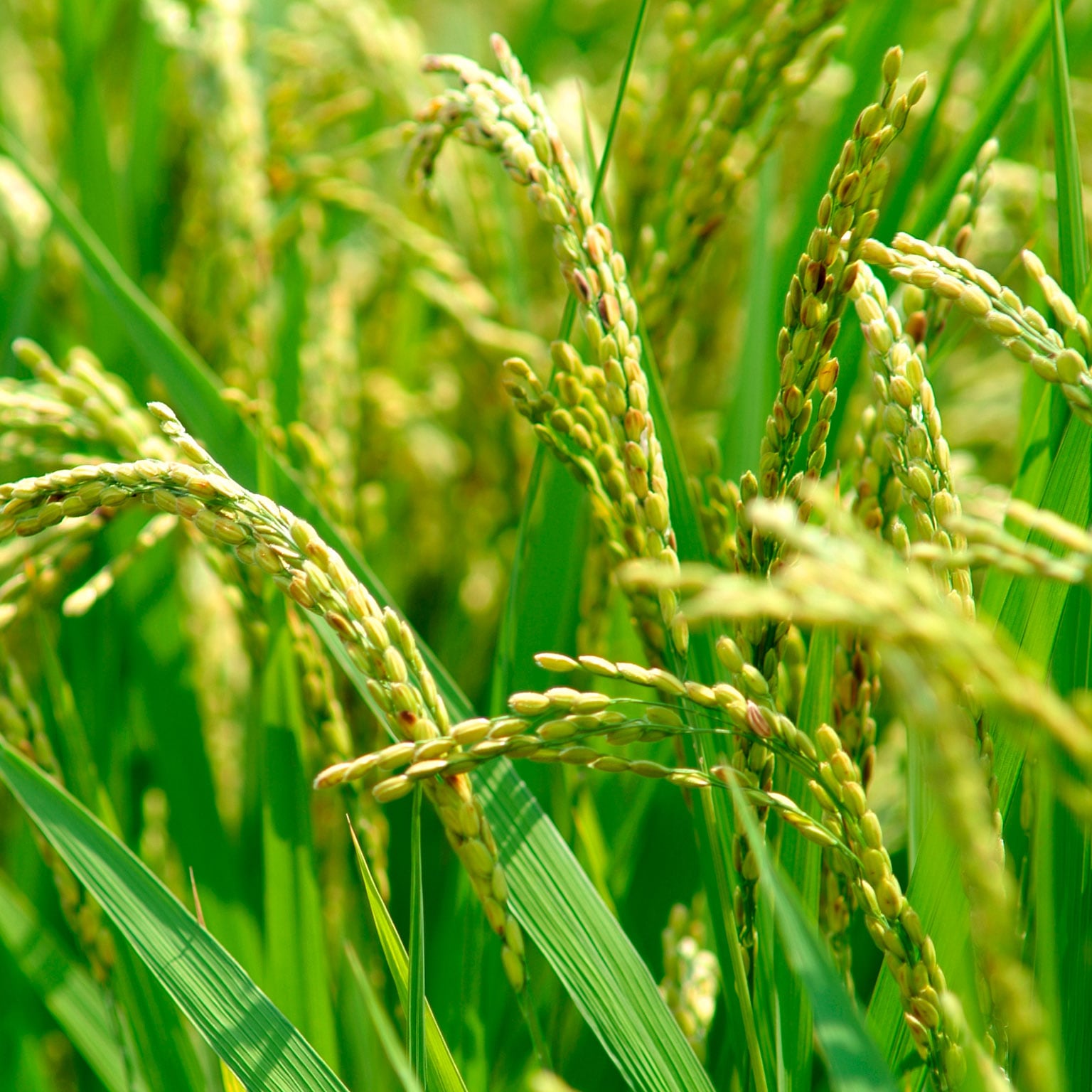In recent weeks there has never been so much talk about an insect that, alone, could go unnoticed and be harmless.
But, when they form clouds, the locusts can cause real devastation in the crops of farms in Brazil. Currently they reach Paraguay and Argentina, very close to the border with our country.
For this reason, Brazilian cities in the southern region as well as in neighboring countries have placed squadrons of agricultural planes ready for bombing.
villain in history
Although it causes fear, the species of grasshopper, known as Schistocerca canceled, does not affect human or animal health, nor is it a vector of any type of disease.
But when it comes to agriculture, the damage caused can be serious. These insects consume an amount of pasture equivalent to 2 cows.

This swarm of locusts is estimated to eat the equivalent of 2 cows.
In fact, this is not the first time that the phenomenon threatens a country’s agriculture. At different times in history, they have wreaked havoc around the world.
The first one that we have news of took place in 1400 BC, that is, the eighth plague of egypt.
One of the biggest damages that is known occurred in the United States, in the summer of 1874. Millions of locusts infested the skies of Kansas, in the state of Nebraska, in addition to the Dakotas and other areas of the American territory.
According to residents, the cloud of these insects was so large that it blocked the sun for several hours. After dissipating, the damage came: it consumed fields of crops on farms, vegetation, trees and even the wool of sheep. Losses amounted to $200 million.
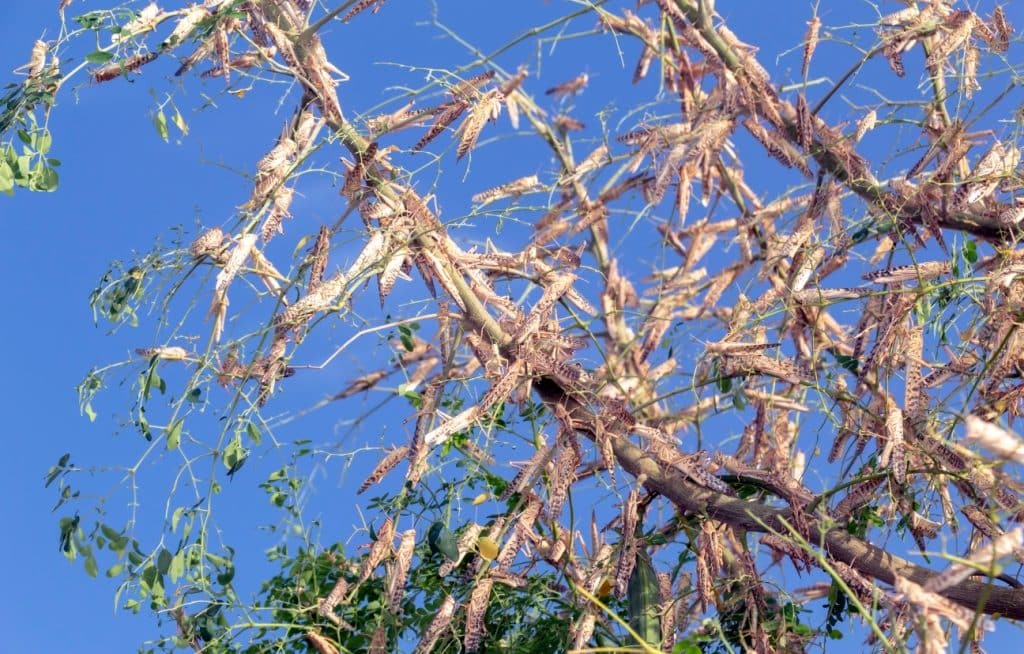
Locusts eat everything in their path, including entire trees.
Between the end of last year and the beginning of 2020, East African countries experienced another outbreak of locusts threatening the diet of millions of people in Somalia, Ethiopia and Kenya. The pest affected maize and bean plantations.
What is the reason?
Since June, a swarm of locusts has been worrying farmers, the government and experts in Argentina, Paraguay and southern Brazil.
According to professor Ângelo Pinto, from the Department of Zoology at the Federal University of Paraná (UFPR), the cloud is a migration behavior, which affects only 20 of the 7 species of these insects.
Migration occurs when locusts reach adulthood and grow wings. They leave from one place to another looking for food or due to a combination of climatic factors, such as temperature, rainfall rate and wind speed.

The locust swarm moves from place to place feeding on everything
There is also a third factor: when there are no natural barriers such as trees. Therefore, an open field is formed on the farms, which favors the displacement of these clouds, as the UFPR professor explains.
Insects are capable of destroying entire crops in just a few hours. The cloud that threatens the Brazilian soil reached about a square kilometer with more than 40 million locusts.
Threat to Brazil
Although the cloud has not yet reached Brazil, there is a war plan ready to be put into practice.
The government and the leaders of the agricultural sector have come together and intend to use a fleet of up to 400 agricultural planes to fight insects, with the application of agricultural pesticides and insecticides, released by the Ministry of Health.
About 70 agricultural planes are positioned in strategic locations, ready for use if the cloud hits Brazilian soil.
Each aircraft can transport almost a ton of agricultural pesticide, spraying an area between 70 and 100 hectares/hour. So it would be a direct attack on the locust swarm.
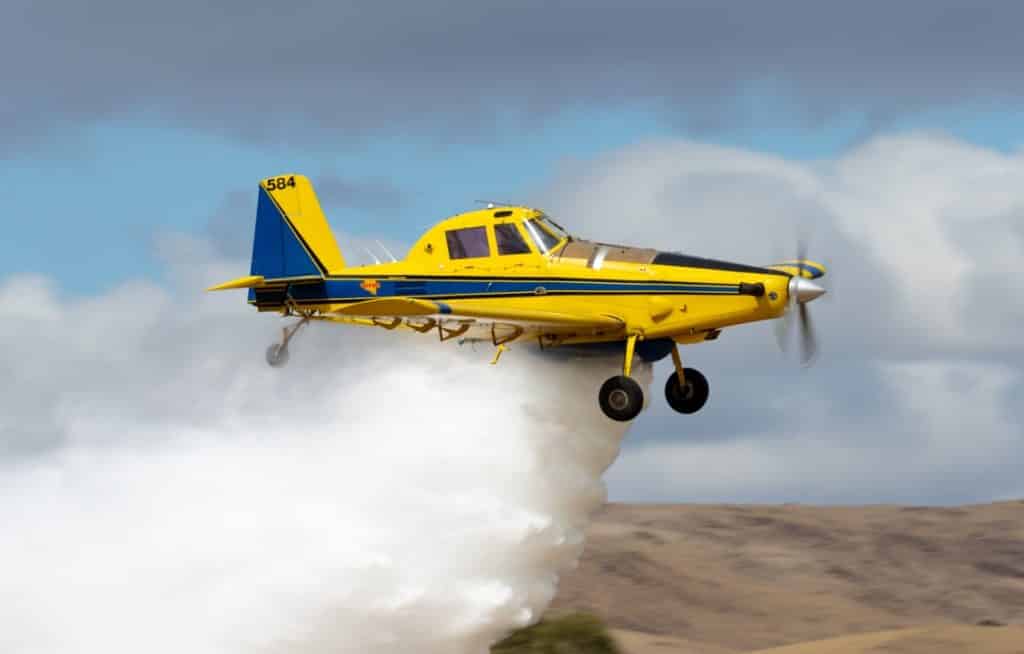
Agricultural planes will be used to play defensive directly into the locust swarm
All this mobilization took place after the declaration of a phytosanitary emergency, made by the Ministry of Agriculture, Livestock and Supply in Rio Grande do Sul and Santa Catarina.
Insecticides that had never been used before in Brazil were allowed to be used in case of action by these aircraft.
Alert
But some experts disagree with the strategy adopted. This is because the use of these products contaminates the soil and the dead insects themselves, when they fall to the ground containing residues, they can contaminate rivers and even animals.
For them, the best alternative would be the biological control of insects mechanically, such as brooms and flamethrowers.
The ideal, according to them, would be preventive control techniques, with constant monitoring and control of populations before adulthood.
Argentine attack
In a joint action, the government of Argentina and rural producers applied insecticides last weekend in the Province of Entre Rios.
Agricultural planes were able to eliminate 80% of the locust cloud formed by more than 400 million insects, according to that country’s National Food Safety and Quality Service.
The insects were 90 kilometers from the border with Brazil. According to experts, the probability of these locusts reaching Rio Grande do Sul has decreased, but surveillance continues.
The estimates of farmers in Rio Grande do Sul are that this pest, on Brazilian soil, could cause damage of R$ 1 million per day to crops.
There is already information about a new wave of insects in Paraguay, very close to the border with Argentine territory. Technicians from both countries monitor the movement of locusts.
See also: What do you need to know about pesticides? Check it out here!
